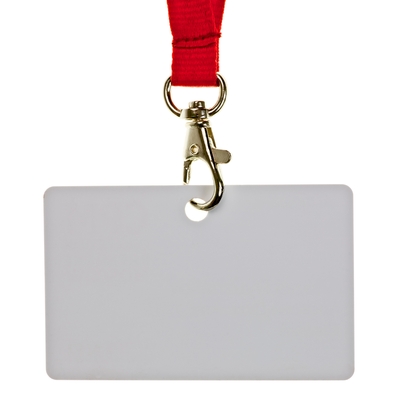GOT ID?
Losing or having your wallet (or purse) stolen is one scary life moment.
Suddenly, an unknown someone else knows who you are, where to find you, and how to wreak havoc on your credit. Unless you’re super-organized with lists of whom to call and what to do, helplessness and fear set in. [Admission: It’s happened to us, more than once.]
Estimates by security gurus claim that one U.S. ID is stolen every three seconds. Put another way: 11.6 million American adults were victimized in 2011*, a number rising by double digits every year.
Compare those emotions with the FUDs (fear, uncertainties, and doubts) occurring when a work change is announced. Especially if that change involves a corporate transaction, say, a merger, acquisition, divestiture, spin-off, and the like.
 Then: Who you are is up for grabs. You might not be able to say for much longer that “I’m an XYZ manager with ABC Corporation.” Instead, you and your colleagues scramble, drafting resumes, placing networking phone calls, and surfing career sites. Productivity can drift downwards, with reverberations felt in every part of the organization.
Then: Who you are is up for grabs. You might not be able to say for much longer that “I’m an XYZ manager with ABC Corporation.” Instead, you and your colleagues scramble, drafting resumes, placing networking phone calls, and surfing career sites. Productivity can drift downwards, with reverberations felt in every part of the organization.
Ah. Those memories resonate with everyone we know. At the same time, identity crises of all types can present major opportunities to, yes, get involved. After Day One in a merger-type transaction, there’s often room to refresh the corporate brand, along with its values. It’s a chance to review what’s working, what’s not in the communications arena – and if your team can provide comfort to colleagues and staff who are experiencing loss. Professionals working in industries under fire, whether in the energy or financial services or other sectors, can attest to the sense of accomplishment that participation in “identity” work brings.
Think, too, about the lists, other than the traditional resume and references, that will help you recharge work identity … for you, your team, department, and firm. In the broadest sense, getting prepared is a move towards independence and developing flexible identities that work.
Elementary? Perhaps. Yet determining how to reinvent your working self – and that of your employer – is a valuable (and continual) pursuit.
*Latest statistics from Javelin Strategy & Research.
 Tuesday, July 3, 2012 at 12:00PM | in
Tuesday, July 3, 2012 at 12:00PM | in  identity
identity 



